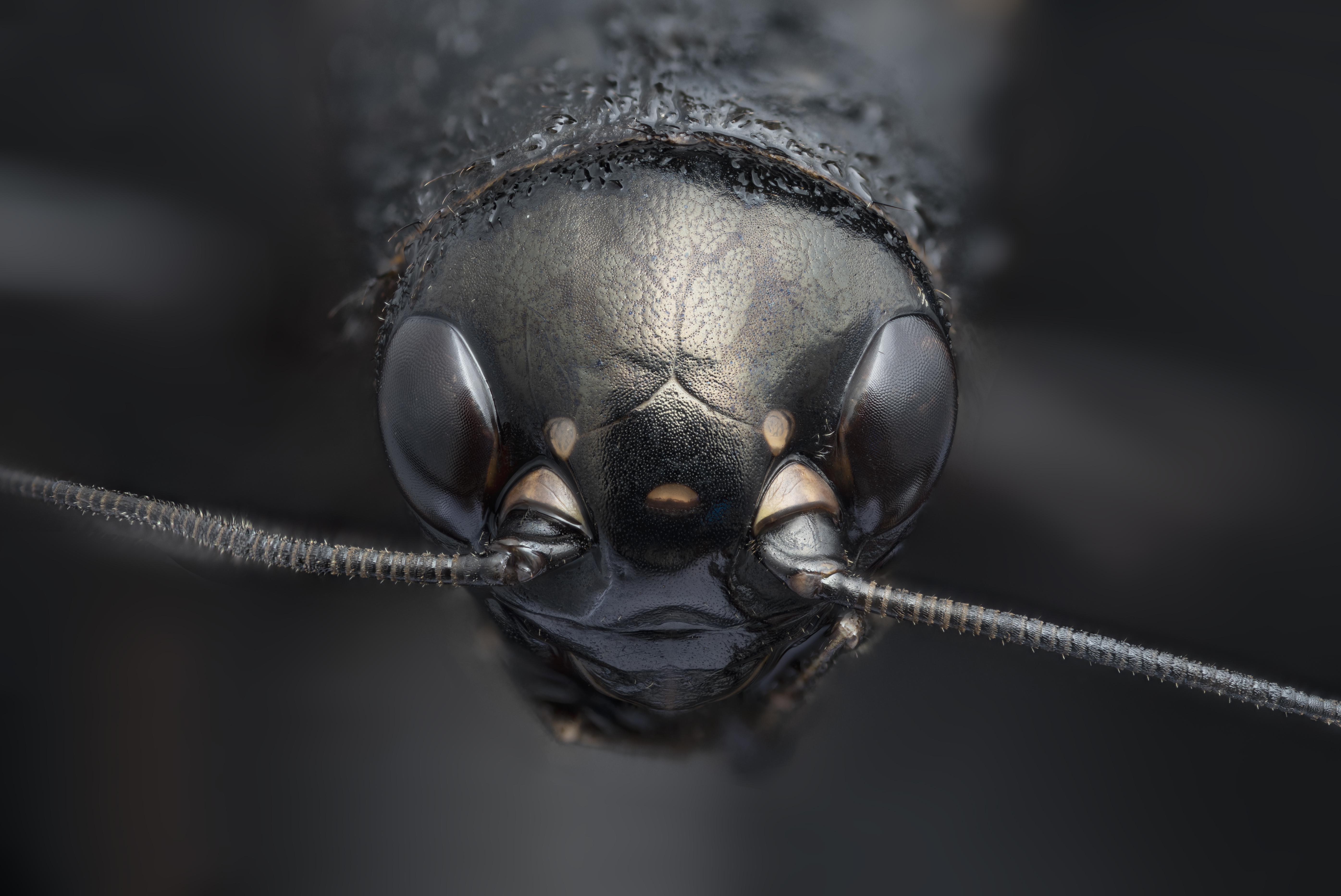In the garden space outside my study window, a little brown cricket has been singing his heart out, wishing, hoping, begging, for the ladies to hear him. At the same time, he’s warning his brothers to stay away. This is his turf. He will sing for the rest of his life, chirping that oh-so-familiar song by rubbing his wings together. His ears are near his knees, waiting to catch a hint of a female response song.
My little singer (Gryllus spp.) is one of several species of field crickets that live in Iowa. They all sound and look alike. Other similar species live all over the world. This guy will live out his days in this garden space, but if he were living in china, his story might be quite different.
For over 1,500 years, Chinese have captured crickets just like him, and put them in cages. Some of them are charged with singing, to sooth and entertain their captors. Others, especially the best specimens, are tended lovingly in order to win cricket fights and the big bucks that go with gambling on them. During the Cultural Revolution, cricket fighting was banned as “bourgeoise” by Chairman Mao. After Mao’s death, cricket-fighting revived and continues to flourish.
The little fellow out there in my garden has no hopes of being a champion fighter. He spent the winter in his egg, then hatched, looking like a tiny cricket. He molted several times, until he got to be full grown. Now he has his wings, so he can chirp by rubbing the scraper on one wing against the row of bumps on the other wing. He can fly, but mostly walks on his front four legs (remember, he has six legs). When he is startled or just in a hurry, he will use his strong hind legs to jump up to three feet at a time, a major feat for a little fellow only an inch long. He’ll eat plants, seeds, insect eggs and anything else he can find. He has to eat his weight in food every day.
One thing he can do is announce the temperature. According to the Old Farmer’s Almanac, if you count the number of chirps in 14 seconds and then add 40, you’ll get the current temperature in Fahrenheit. Crickets chirp faster as the temperature rises, and slower as it drops.
A cricket’s life expectancy is about two months as an adult, which he intends to spend chirping away in the garden. As long as he stays out there in the garden, and doesn’t get eaten by something–a bird, a toad, a bigger insect–he’ll probably make it to frost. If he finds his mate, he’ll be his own kind of champion.
Photo by Fedaro. Alt text: Close up of head and face of a cricket. Shiny black, large compound eyes, segmented antennae attached between eyes, leather-like texture of head plate.

1 comment
“His own kind of champion.” may we all find such a level.